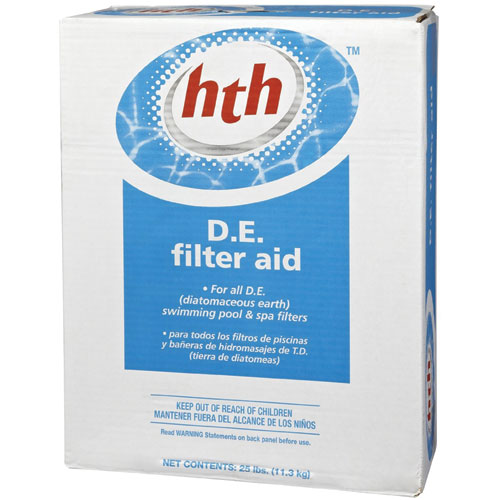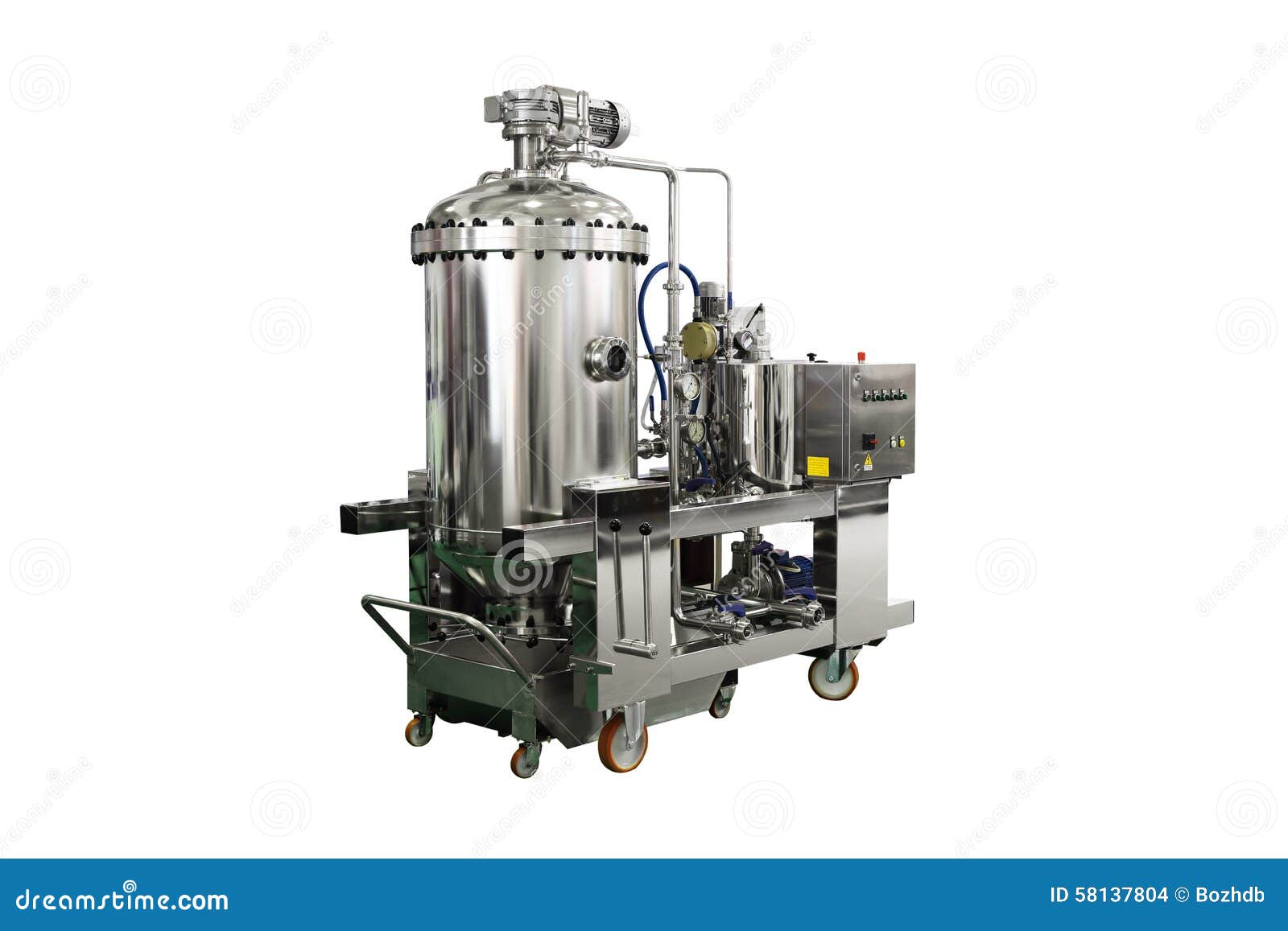Enhance Your Water Filtration with Diatomaceous Earth Filtering Technology
Enhance Your Water Filtration with Diatomaceous Earth Filtering Technology
Blog Article
Opening the Advantages of Diatomaceous Earth Filtering System for Pure and Tidy Water
The exploration of diatomaceous earth (DE) filtering presents an engaging alternative for those seeking effective and lasting water filtration approaches. As the demand for clean water continues to rise internationally, comprehending the multifaceted applications and advantages of DE filters might expose important understandings for both household and commercial usage.
What Is Diatomaceous Planet?
Diatomaceous earth, often described as DE, is a normally happening sedimentary rock made up mainly of the fossilized remains of tiny, aquatic microorganisms called diatoms. These single-celled algae are rich in silica, which is the main component of DE. The unique framework of diatomaceous earth includes microscopic, porous bits that supply a high surface, making it an effective filtering tool.
DE is typically collected from old lake beds and deposits, which have collected over countless years. It appears as a penalty, white to beige powder, and its chemical structure primarily consists of silicon dioxide, together with trace quantities of numerous minerals. This structure is what offers DE its impressive properties.
Along with its application in water filtration, diatomaceous planet is utilized in a range of industries, including agriculture, food storage, and pest control. Its capability to absorb moisture and its unpleasant qualities make it a beneficial resource in these fields. Generally, diatomaceous planet stands out as an eco friendly choice for various applications as a result of its natural origin and performance in purification procedures.

Exactly How Diatomaceous Planet Filtering Works

When water goes through a diatomaceous earth filter, the great fragments are captured in the intricate network of tiny pores. The size and shape of these pores are crucial, as they are designed to target particular pollutants while enabling clean water to move via. As water moves through the filter medium, the mechanical action of the diatomaceous earth catches bigger bits, while smaller contaminants are soaked up or literally obstructed.
Moreover, the area offered by diatomaceous earth is extensive, boosting its capability to hold impurities. This leads to a gradual buildup of caught particles, which can be occasionally removed through a backwashing procedure. This technique makes certain consistent filtering efficiency and adds to the general efficiency of maintaining tidy and pure water.
Benefits Over Standard Filtration
When contrasting diatomaceous earth filtering system to conventional purification techniques, numerous benefits arise that improve water filtration effectiveness. Among the primary advantages is the exceptional filtration ability of diatomaceous planet (DE), which can remove smaller sized particles and pollutants that conventional filters may miss out on. The microscopic structure of DE enables it to capture contaminants, including bacteria and protozoa, causing cleaner water.
Additionally, diatomaceous planet filters have a tendency to have a longer life-span than conventional media, lowering the frequency of replacement and upkeep. This longevity not only reduces functional expenses but likewise minimizes waste, adding to even more lasting practices. DE filters also operate at lower pressure, which can cause power financial savings in massive applications.
An additional significant advantage is the convenience of diatomaceous planet. It can be made use of effectively in various contexts, from community water therapy centers to specialized industrial applications (diatomaceous earth filtering). The all-natural composition of DE makes it an eco-friendly alternative, complimentary from harmful chemicals her comment is here and contaminants frequently linked with synthetic filtration systems
Applications in Home and Market
Numerous applications of diatomaceous earth filtering can be found in both home and industrial setups, highlighting its adaptability and efficiency in water filtration. In property environments, diatomaceous planet (DE) filters are generally used in pool, properly recording debris and microbes, therefore keeping water clearness and hygiene. Additionally, lots of homes utilize DE in home water filtration systems, where it offers to get rid of pollutants, sediment, and unsafe pathogens, ensuring risk-free alcohol consumption water.
In industrial applications, diatomaceous planet filtering is integral to numerous industries, including food and drink manufacturing, drugs, and wastewater treatment. In the food industry, DE is made use of in the filtering of beer and a glass of wine, assisting in the removal of yeast and various other particulates while maintaining the beverage's taste account. In wastewater therapy facilities, DE filters play a crucial duty in improving water top quality by trapping impurities and assisting in the recycling of water sources.
The efficiency of diatomaceous earth in both home and industrial applications emphasizes its important function in advertising tidy water accessibility, contributing to public wellness, and sustaining sustainable practices.

Selecting the Right DE Filter
Selecting the suitable diatomaceous earth (DE) filter is important for making certain optimal water purification, whether for household or commercial usage. diatomaceous earth filtering. The choice of a DE filter depends on a number of vital factors, including the specific application, flow rate requirements, and the desired level of purification
First, assess the quantity of water to be filteringed system. For household usage, smaller sized filters are enough, while commercial applications might require larger, high-capacity systems. Next, consider the flow rate; it is necessary to choose a filter that can handle the required throughput without compromising water quality.
Additionally, evaluate the filtration degree; DE filters come in various qualities, influencing the removal of particulates and pollutants. For instance, higher-grade filters are suitable for applications requiring strict purity degrees.
Finally, think about the maintenance needs and the accessibility of replacement DE powder. Filters that are much easier to maintain and have conveniently have a peek at this website offered products will lower downtime and operational expenses. By very carefully thinking about these elements, one can pick a DE filter that satisfies specific visite site requirements, making certain the shipment of tidy and safe water.
Final Thought
In summary, diatomaceous planet filtering stands for a considerable advancement in water filtration technology, offering improved efficiency and effectiveness in capturing pollutants. Its unique permeable structure promotes exceptional purification, while its environmentally friendly properties add to sustainability. The long life and lower operational stress of DE filters advertise energy financial savings, making them a sensible option for different applications in both industrial and domestic settings. Welcoming diatomaceous planet filtering can result in boosted public wellness outcomes and higher access to tidy water.
The expedition of diatomaceous planet (DE) filtering system provides a compelling alternative for those seeking sustainable and efficient water purification techniques.When comparing diatomaceous earth filtering system to traditional filtering techniques, a number of benefits emerge that enhance water filtration effectiveness.Many applications of diatomaceous earth filtering can be found in both household and industrial setups, highlighting its flexibility and effectiveness in water purification. In property settings, diatomaceous earth (DE) filters are typically employed in swimming pools, effectively catching debris and microorganisms, therefore keeping water clearness and hygiene. In wastewater therapy facilities, DE filters play an essential role in boosting water high quality by capturing contaminants and promoting the recycling of water sources.
Report this page